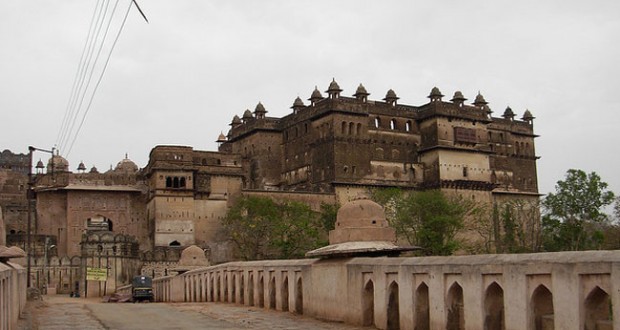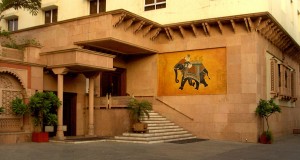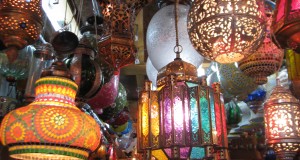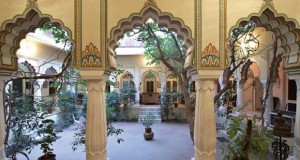Review Overview
3
Summary : The city was founded by a local Rajput chieftain, Rudra Pratap, in early 16th century
The quiet Town of Orchha was Between 1531 and 1783 the capital of a locally powerful rajput kingdom. The city was founded by a local Rajput chieftain, Rudra Pratap, in early 16th century, who sited his new capital on a large rocky island in the Betwa ver. Subsequent rulers added to the city before the capital was shifted to Tikamgarh. rchha today is little more than a village with a population of only a couple of ousand. Rarely visited, but in fact fairly easy to reach from Delhi, Agra or Khajuraho, Orchha is one of India’s many surprises. You should enjoy wandering gently around.
ARRIVAL/DEPARTURE
Air he nearest airport is Gwalior, 116 km (74 miles) to the north. Khajuraho is 178 km 110 miles) to the east (see p.110).
Rail hansi, 19 km (12 miles) to the west is the most convenient railhead. The Shatabdi Empress links Jhansi with Delhi, Agra and Gwalior and arrives at 10.40 am. Tariff, p.109. The return train leaves at 5.50 pm. All major trains between Bombay and Delhi (on the Central Railway) and Madras and Delhi stop at Jhansi.
Road There are regular buses from Jhansi to Orchha and taxis are available from Jhansi railway station (Rs200-250). The road from Gwalior passes the Datia Palace, built in 1620 and described by Edwin Lutyens as the finest building in India. Don’t stop, you cannot visit.
WHAT TO SEE The fort occupies much of a low-lying, rocky island in the Betwa river, reached by an arched bridge. Three palaces set in an open courtyard within the fort are the first buildings to explore. The tiered Jahangir Mahal was built to commemorate the visit of Emperor Jahangir in 1606. The Raj Mahal, to the right of the courtyard, was built by Madhukar Shah. Its plain exterior does not give any indication of the bold and colourful murals inside. The third palace, Rai Praveen Mahal, is a two-storey brick structure set in the gardens of Anand Mahal.
Of the many temples within the fort, three are especially worth visiting: the Ran Raja, the Chaturbhuj and the Lakshminarayan Temples. The Ram Raja Mandir was originally a palace and became a temple more by accident than design. An image off Ram was installed while the temple being built for it, the Chaturbhuj, was and or construction. For some reason the image could not be moved from the palace so the building despite its spires and ornate decoration became a sacred place. Linked to the Ram Raja Mandir is the Lakshminarayan Temple, the interiors of which have some of the best-preserved murals and wall paintings in Orchha. Much of the fort area is a ruin, but with sturdy shoes and trousers, to avoid the thorns, it is worth walking around.
From across the river, there is a marvellous view of the royal chhatris. On winter evenings they are silhouetted against the setting sun.
WHERE TO STAY There are two or three private guest-houses and small hotels, all in the budget range but the best place to stay is the charming Sheesh Mahal (tel 224). Run by MP Tourism and with only eight rooms, Sheesh Mahal is tucked away at one corner of the Jahangir Mahal. The service is slow but courteous and the room rates range from Rs100-45O . Advance-booking through the MP Tourism office in Delhi (Kanishka Shoppin Plaza) or Bhopal is advisable.





